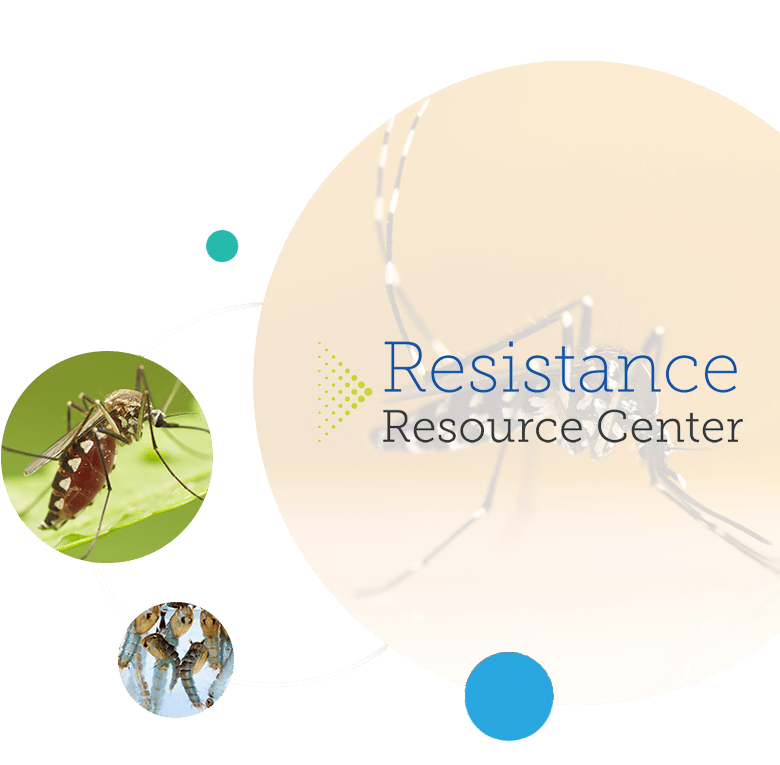Do you know what the world deadliest animal is? It’s most likely not what you’re thinking. It’s not the lion, the tiger, or the bear! It’s the mosquito! With approximately 3,000 different mosquito species in the world, their ability to spread disease is unparalleled. Diseases such as malaria, yellow fever, West Nile virus and Zika, just to name a few, have impacted humans for hundreds of thousands of years. Other insects transmit disease, but no other has the ability to transmit as many as easily as the deadly mosquito. Therefore, controlling them is vital to public health. Mosquitoes keep the integrated pest management programs in your neighborhood busy all year round.
Some of the most effective mosquito control programs in the US are based on a combination of tools. Methods such as water or habitat management, chemical control, biological control, mechanical control, and education all serve mosquito control districts as ways to maintain targeted mosquito species or populations of mosquitoes at an acceptable threshold.

Surveillance
It is important to conduct routine mosquito surveillance to monitor larval and adult populations. You can do this in a variety of ways including, trapping with a CDC light trap, or something similar, landing rate counts, collecting eggs from an ovi cup or gravid trap, and conducting routine larval inspections using a larval dipper. Other surveillance methods can include studying habitats by fixed-wing aircraft, helicopter or a drone with aerial photographs and maps. Make sure any surveillance data you collect is recorded for future reference. You can use this data to make informed integrated pest management decisions.
Successful IPM Programs Monitor:
- Mosquito populations (larvae and adults)
- Population size and dynamics
- Longevity
- Biting behaviors
- Dispersal capacity
- Areas vulnerable to mosquitoes
- Efficacy of mosquito control methods
Set Thresholds
A threshold is defined as “the level at which some method of control would be initiated”. These thresholds are determined by the severity of the mosquito problem in an area. For example:
- Are you in the middle of a disease outbreak?
- Are there lot of service requests in one location in your county?
- Are the traps coming back with thousands of mosquitoes captured?
- Do the landing rate counts meet or exceed the minimum landing rate threshold set in your district to justify spraying?
Determining an action threshold is usually determined by the district and can depend on the mosquito species and the location of where they are found. For instance, if you are in a neighborhood and have high trap counts of Aedes taeniorhynchus as well as high landing rate counts, and you just had a major rain event, you most likely will need to conduct an insecticide application. Undoubtedly, your district would receive numerous service requests that there are mosquitoes biting and causing a nuisance to the public if you don’t act quickly, and although it is not a primary vector of major concern, its emergence after rain events, as well as its aggressive biting behavior and capacity to disperse can cause an extreme problem in residential areas.
Prevention & Mosquito Control
Homeowner Source Reductio
One of the first lines of defense in an integrated pest management program is removing the actual habitat that mosquitoes lay their eggs in. Now you can’t do this with larger habitats such as saltmarshes, flooded woodlands or pastures, but you can educate the public to keep their yards free of artificial containers. Mosquitoes like Aedes aegypti love to lay their eggs in jars, cans, old tires, bird baths, rain gutters just to name a few. Proper sanitation of properties such as the removal of trash, discarded tires, and other artificial containers can eliminate potential habitat for mosquitoes to lay their eggs in.
Physical and Mechanical Control Methods
Improvement of window screening or other barriers to prevent entrance of mosquitoes into homes.
Biological Controls
When and where appropriate introducing Gambusia affinis or “mosquito fish” which are predators of mosquito larvae.
Habitat Modification
Digging ditches to increase water flow in a salt marsh.
Larval and Adult Control
Biological larvicides and adulticides can be applied in accordance with the label.
Evaluate Results
It is important to collect site-specific data of all monitoring observations, mosquito populations, service requests, and control measures that are conducted. This allows each mosquito control district to note the problems associated with each site. Mosquito biology and control knowledge should be used to detect, monitor, and predict mosquito emergence to ultimately prevent mosquito problems from occurring. Prevention vs. reaction is half the battle!
Have Questions? We’re here to help!
Azelis A&ES has entomological and technical experts that will work with you to identify the appropriate solution to control nuisance and vector mosquitoes in your region. Our mission in integrated mosquito management is to assist you with preserving public health.
Talk to one of our experts to get started today!
